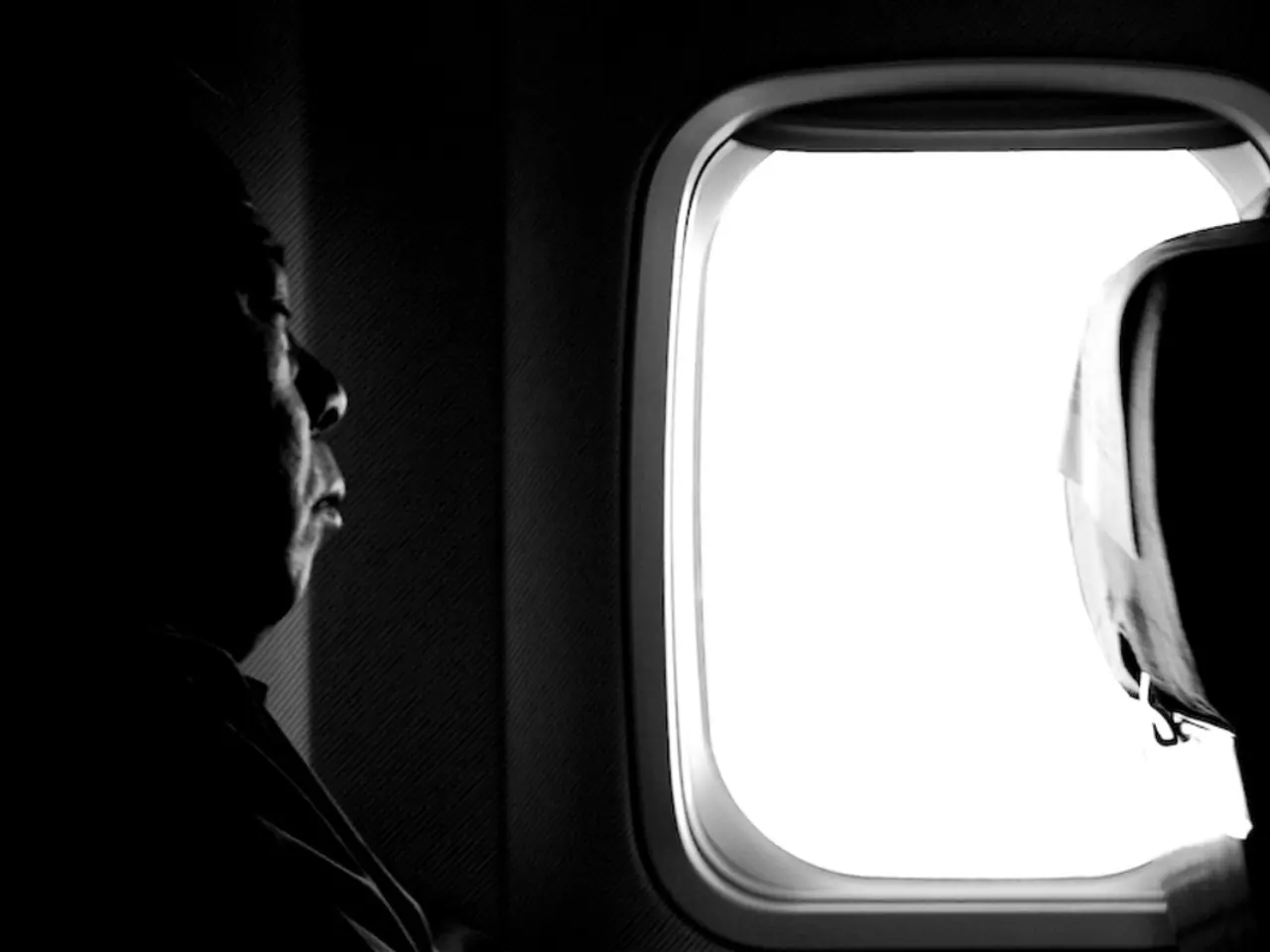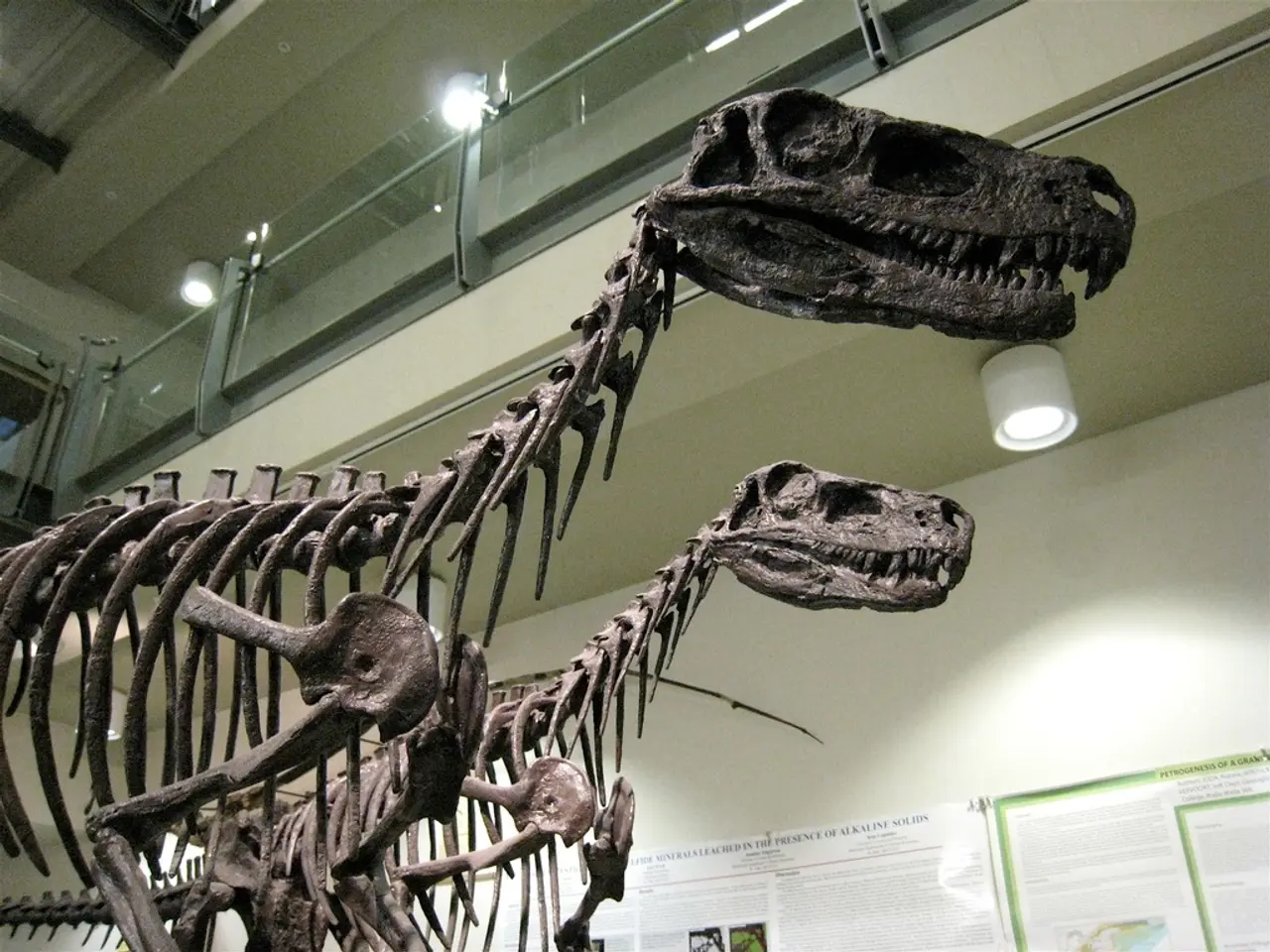Assessment of Seat Comfort Based on Face Recognition Technology
In a groundbreaking study, researchers have explored the use of facial expression recognition technology to compare the comfort perception of two aircraft seats. The study, conducted by an unnamed research institution, used Emotion Research Lab's advanced facial recognition software to capture and analyse the emotional responses of 21 participants, comprising 18 males and 3 females.
The software, capable of capturing facial micro-expressions, was employed to predict participant behaviour through metrics such as activation, engagement, satisfaction, valence, relevance, and enjoyment. The analysis of facial expressions revealed emotional congruence between participants' answers and their responses to Seat 1, suggesting that even minor differences in aircraft seats can have noticeable effects on passengers' emotions.
The study found that Seat 1 was rated higher by participants in terms of comfort perception and was better rated overall. However, it did not provide specific details about the differences between Seat 1 and the other seat being compared. Moreover, the study did not reveal any information about the other seat's comfort perception by participants.
Facial expressions are one of the most apparent ways to capture emotions, and there are six basic emotions: fear, disgust, anger, surprise, happiness, and sadness. By analysing these expressions, researchers can gain valuable insights into passengers' comfort levels during flights.
The study's findings support the use of facial expression recognition technology to compare comfort perception of aircraft seats during seat development. This technology has shown promising effectiveness in other transportation and ergonomic systems, with camera-based, gaze- and expression-derived approaches enhancing user experience assessment during product development.
For instance, the combination of facial expression recognition with 3D time-of-flight (TOF) sensors can capture precise facial and posture data, even under complex lighting or seating conditions. This technology has been successfully applied in driver and passenger monitoring for safety and comfort in vehicles.
Furthermore, smart chairs with sensors have achieved very high accuracy (~95%) in detecting postural changes linked to comfort and discomfort, demonstrating that sensor-based systems can reliably monitor physiological signals relevant to seating comfort.
Although direct examples for aircraft seats are limited, the study's findings highlight the high potential effectiveness of facial recognition and associated sensors in identifying discomfort signs during seat trials. This could supplement traditional subjective questionnaires with objective data, potentially speeding development and improving seat design.
However, it is important to note that the challenge remains in validating these technologies specifically in aircraft seat contexts and integrating them seamlessly into development workflows. Continued advances in 3D imaging and AI will likely increase accuracy and practical adoption in this domain.
In conclusion, the study provides compelling evidence that facial expression recognition technology can be effective in assessing passenger comfort perception during aircraft seat development. By offering objective, real-time insights on subtle emotional and physical reactions, this technology has the potential to revolutionise the way aircraft seats are designed and developed.
Health-and-wellness may benefit from the use of advanced facial recognition technology in the field of science, as shown by this study that examines the comfort perception of aircraft seats. The technology, when integrated into aircraft seat development workflows, can provide objective, real-time insights on passengers' emotions, potentially leading to improved seat design and enhanced travel experiences through technology.
By capturing and analyzing facial expressions using technology, researchers can gather data on six basic emotions – fear, disgust, anger, surprise, happiness, and sadness – to gain valuable insights into passengers' comfort levels during flights, contributing to the health-and-wellness aspects of travel. This approach can complement traditional subjective questionnaires with objective data, ultimately fostering a competitive edge in the science and technology sector when applied to various health-and-wellness industries.




